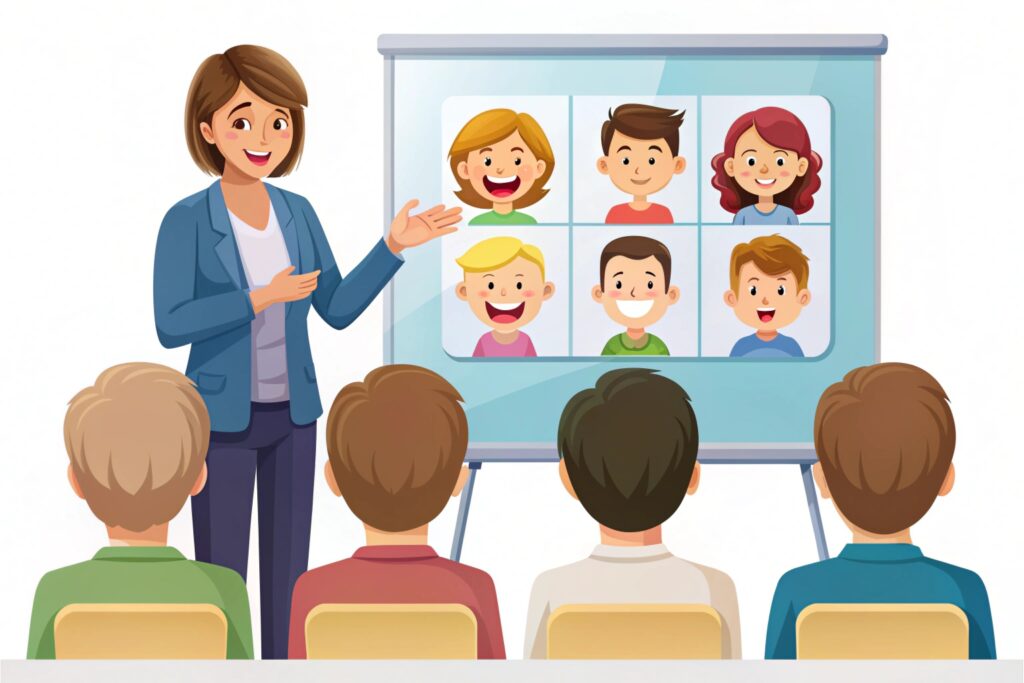Teaching emotional regulation is a crucial aspect of special education. Students with special needs often face challenges in managing their emotions, which can impact their learning and social interactions. This guide aims to provide educators with effective strategies to help their students develop better emotional regulation skills.
Introduction
Emotional regulation refers to the ability to monitor, evaluate, and modify emotional reactions in various situations. For students in special education, developing these skills can enhance their academic performance, social relationships, and overall well-being.
Understanding Emotional Regulation
What is Emotional Regulation?
Emotional regulation involves recognizing one’s emotions, understanding the triggers, and managing reactions in a healthy way. It is a critical life skill that helps individuals navigate social situations and handle stress effectively.
Why is it Important in Special Education?
Students with special needs may experience heightened emotional responses due to various factors such as sensory sensitivities, communication difficulties, and social challenges. Teaching emotional regulation can help these students cope with their emotions, leading to a more conducive learning environment.
Strategies for Teaching Emotional Regulation
1. Create a Safe and Supportive Environment
A positive classroom environment is essential for teaching emotional regulation. Ensure that your classroom is a safe space where students feel respected and valued. Use visual aids and sensory tools to create a calming atmosphere.
Examples:
- Use calming colors and decorations.
- Provide a quiet corner with sensory toys for students to use when they feel overwhelmed.
2. Teach Emotional Vocabulary

Help students develop a vocabulary to express their emotions. This can involve teaching them words to describe their feelings and using visual aids like emotion charts.
Examples:
- Use emotion cards with pictures and words to help students identify their feelings.
- Incorporate books and stories that discuss emotions.
3. Model Appropriate Behavior
Demonstrate healthy emotional regulation by modeling appropriate behavior. Show students how to handle stress and frustration calmly and positively.
Examples:
- Share personal stories of how you manage your emotions.
- Use role-playing activities to demonstrate emotional regulation techniques.
4. Implement Social-Emotional Learning (SEL) Programs
Integrate SEL programs into your curriculum. These programs are designed to teach students skills such as self-awareness, self-management, social awareness, relationship skills, and responsible decision-making.
Examples:
- Use programs like Second Step or Zones of Regulation.
- Incorporate SEL activities into daily routines.
5. Teach Coping Strategies
Equip students with various coping strategies to manage their emotions. This can include deep breathing exercises, mindfulness activities, and relaxation techniques.
Examples:
- Teach students deep breathing techniques (e.g., belly breathing).
- Use guided mindfulness exercises during transitions or after recess.
6. Use Visual Supports
Visual supports can be highly effective for students with special needs. Use visual schedules, charts, and timers to help students understand and manage their emotions.
Examples:
- Create a visual schedule of the day’s activities to reduce anxiety.
- Use emotion thermometers to help students gauge their feelings.
7. Encourage Self-Reflection
Encourage students to reflect on their emotions and behaviors. This can help them become more aware of their triggers and responses, leading to better self-regulation.
Examples:
- Use journals where students can write or draw about their feelings.
- Have regular check-ins where students can discuss their emotions.
8. Foster Positive Relationships
Building strong, positive relationships with students can provide them with the support they need to manage their emotions. Show empathy, understanding, and patience in your interactions.
Examples:
- Spend one-on-one time with students to build trust.
- Celebrate students’ successes and provide encouragement.
Conclusion
Teaching emotional regulation in special education is essential for creating a positive learning environment and supporting students’ overall development. By implementing these strategies, educators can help students develop the skills they need to manage their emotions effectively.
Keywords
- Emotional regulation
- Special education
- Coping strategies
- Social-emotional learning
- Behavior management
- Classroom strategies
By focusing on these strategies, educators can create a supportive and effective learning environment that promotes emotional well-being and academic success for students with special needs.